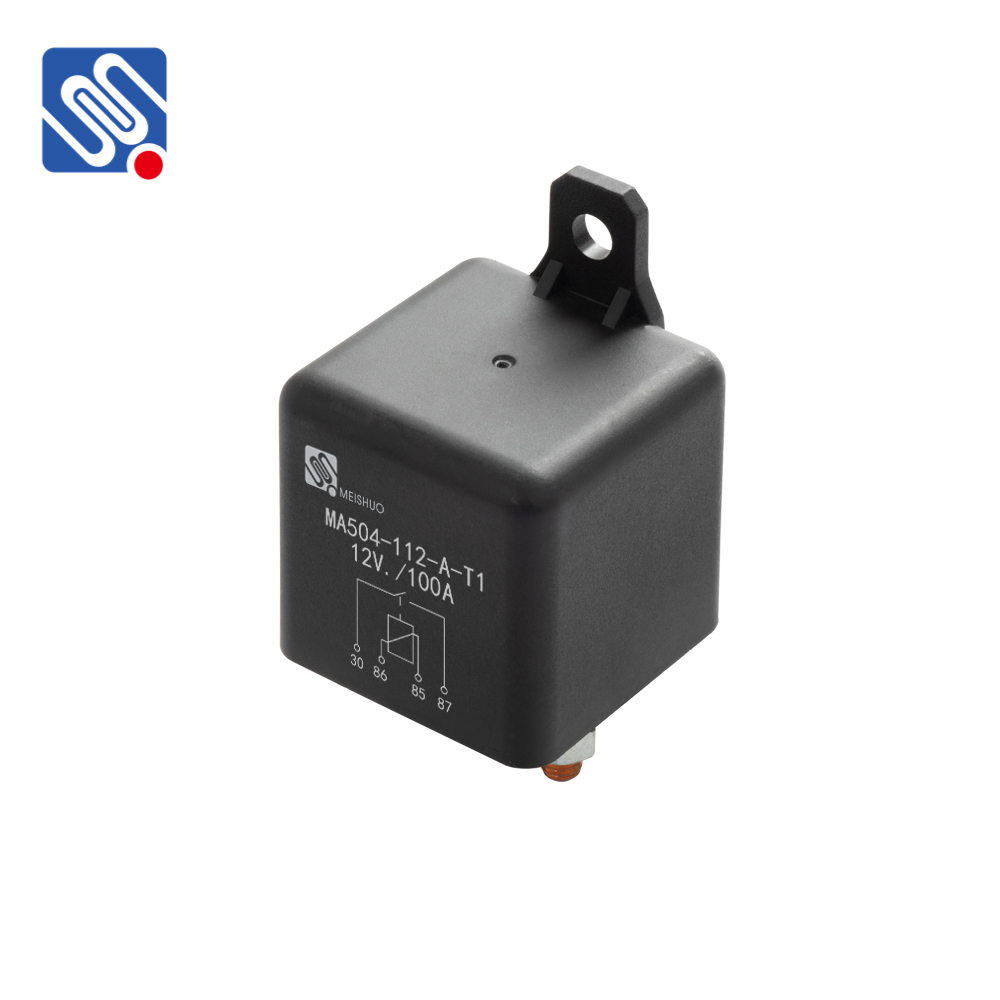understanding relay load and the role of meishuo in optimizing systems
Release time:2025-10-23 20:10:31
In modern electrical and mechanical systems, relays play a crucial role in controlling circuits and facilitating the smooth operation of various devices. One of the key components that affect the efficiency and reliability of these systems is the relay load. A relay's load is essentially the electrical demand placed on it when it activates or deactivates circuits. This load determines how well the relay can function under different conditions, and it influences the longevity and performance of the relay itself. To further understand the complexities of relay loads, it is important to also consider the innovations of companies like Meishuo, which are pushing the boundaries in optimizing relay and electrical system performance.

The Basics of Relay Load
A relay is an electromechanical switch that opens and closes circuits based on an external signal. The relay load refers to the amount of electrical power that the relay is tasked with switching on or off. This load varies depending on the type of circuit the relay is controlling, whether it’s for a low-power application or a high-power one. Typically, relays are classified by the amount of current and voltage they can handle, and ensuring the relay is matched correctly to its load is critical for efficient operation.
When a relay is activated, it must handle both the current flowing through the load and the potential voltage spikes caused by switching. In high-load applications, such as industrial machinery, the relay’s contacts must endure these stresses without degrading. If the relay is undersized for the load, the contacts can burn out or fail, leading to system malfunctions and downtime.

